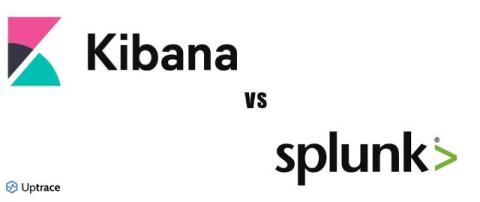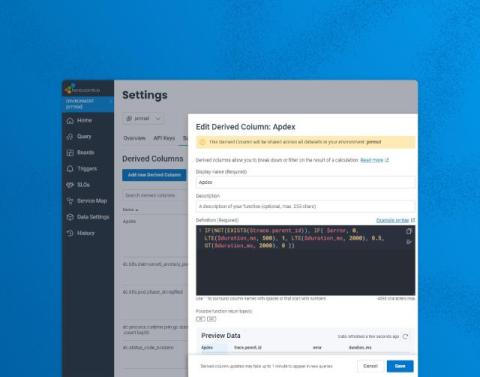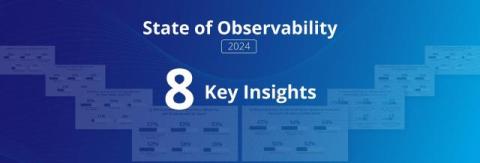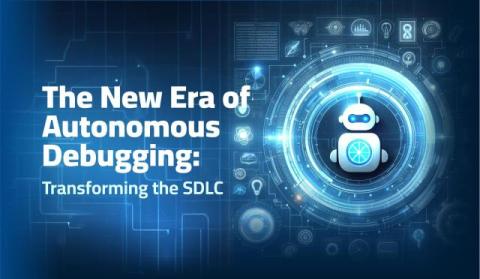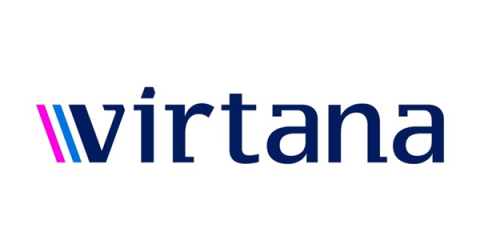Managing Observability Pipeline Chaos
The cloud environment has generated an unprecedented volume of data, making it increasingly difficult for enterprises to manage. With multiple SaaS and cloud-based applications in play, differentiating which data needs processing for analysis versus storage for regulatory compliance is a significant challenge. The growing number of data sources only complicates this further. So, getting clarity and control over this chaos is the goal, without having to overhaul your entire system.





